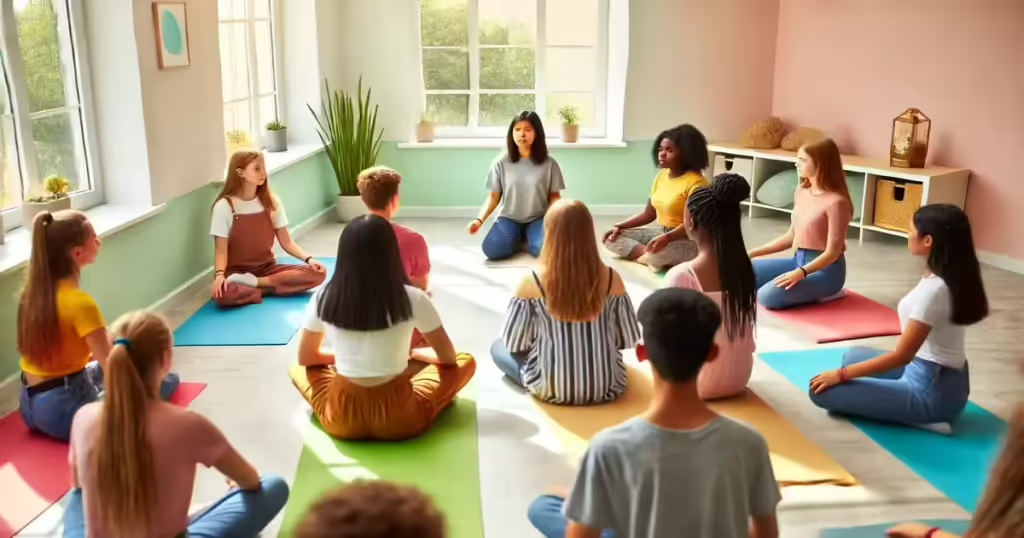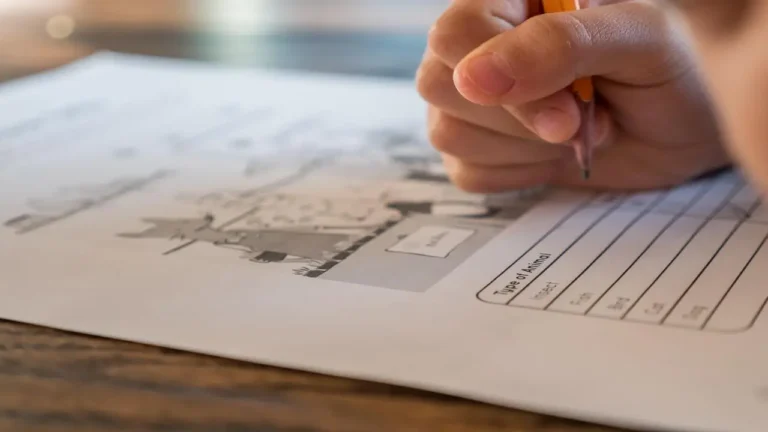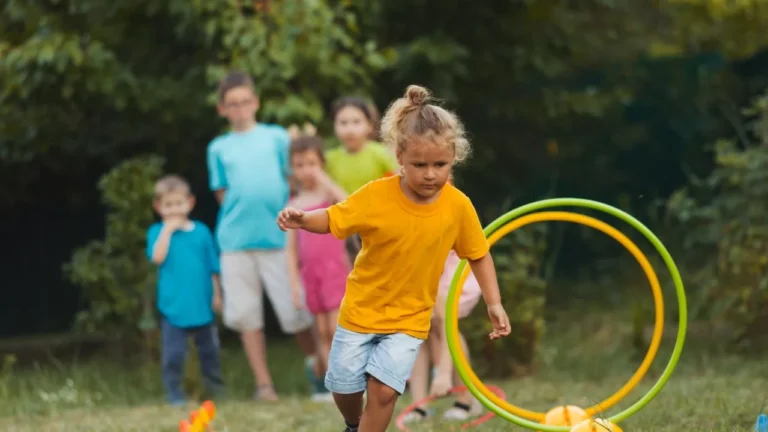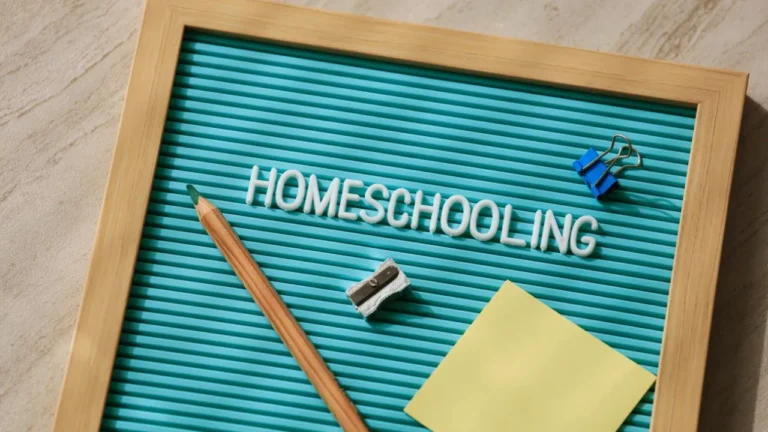Mindfulness for Students: Techniques for Focus & Calm in 2024

Imagine you’re sitting in class, your mind racing with a million thoughts. Deadlines, exams, social pressures, it’s all swirling around in your head, making it impossible to focus on the lesson.
Sound familiar? You’re not alone! Millions of students struggle with stress, anxiety, and difficulty concentrating. But what if there was a simple tool? A tool that is powerful and could help you navigate these challenges and unlock your full potential?
Enter mindfulness for students. This article will explore practical mindfulness techniques. These techniques can help you find focus. They can help you manage stress. They also cultivate a sense of calm amidst the chaos of academic life.
From simple breathing exercises to mindful movement. Discover how mindfulness can empower you to thrive both inside and outside the classroom. Ready to unlock your inner zen and become a more focused, resilient, and successful student?
Let’s dive in!
What is Mindfulness For Students and Why is it Important?
So, what is mindfulness anyway? Well, I used to think it was all about sitting cross-legged and chanting “om,” but it’s much simpler than that. Mindfulness is just paying attention to the present moment, without judgment. It’s like noticing your breath, thoughts, and feelings, without getting caught up in them.
Mindfulness For students can be a game-changer! I remember when I was in college, I was constantly stressed about deadlines and exams. My mind would race with worries about the future. I could never seem to focus on the task at hand. It wasn’t until I stumbled upon mindfulness that things started to shift.
Mindfulness helped me. I could be present in class instead of daydreaming about what I was going to have for lunch. It also helped me to manage my anxiety and just generally feel more grounded. And guess what? My grades improved, too!
Think about it: when you’re constantly worrying about the past or the future, you’re not living in the present. You’re missing out on what’s happening right now, and that can make it hard to learn and retain information.
But when you’re mindful, you’re fully engaged with the present moment. This makes it easier to focus. You can concentrate better and absorb new knowledge more effectively.
Plus, mindfulness can help students to regulate their emotions. If you’re feeling overwhelmed or stressed, mindfulness can help. It gives you the tools to calm down and cope with those difficult feelings.
It’s not about pretending that those feelings don’t exist, it’s about acknowledging them without letting them control you.
So, yeah, mindfulness is kind of a big deal for students! It can help with focus, stress management, emotional regulation, and even academic performance. And the best part is, it’s something that anyone can learn and practice, regardless of their age or background.

Simple Mindfulness Techniques for Students to Practice Daily
Alright, so you’re probably thinking, “Okay, mindfulness sounds great, but how do I do it?” Well, good news! There are tons of simple techniques you can try, even if you’re a total beginner. I remember when I first started. I felt a bit awkward and unsure. Trust me, it gets easier with practice.
1. Mindful Breathing:
This foundational practice is all about bringing your awareness to the natural rhythm of your breath. It’s a simple yet powerful way to anchor yourself in the present moment and cultivate a sense of calm.
How to Practice:
2. Body Scan Meditation:
This practice involves systematically bringing your attention to different parts of your body, and noticing any sensations you feel. It’s a great way to develop body awareness, release tension, and promote relaxation.
How to Practice:
3. Mindful Walking:
This practice transforms an ordinary walk into a mindful experience. It’s a great way to connect with your body, appreciate your surroundings, and cultivate a sense of presence.
How to Practice:
These are just a few examples, but there are tons of other mindfulness techniques out there. The key is to find something that works for you and stick with it. Even just a few minutes of practice each day can make a big difference. Trust me, your brain will thank you for it!

Mindfulness in the Classroom: Tips for Teachers and Educators
Alright, teachers and educators, listen up! You know better than anyone how crazy and chaotic a classroom can be. But what if I told you there was a way to bring a little more peace? You can also bring focus into your students’ lives.
There is a way to bring more focus into your life too. Yep, you guessed it—mindfulness!
Now, I know what you’re thinking: “How on earth am I supposed to squeeze mindfulness into my already jam-packed schedule?” Well, it’s easier than you might think. You don’t need to become a meditation guru or anything. Just a few simple tweaks can make a big difference.
One thing you can do is incorporate short mindfulness breaks throughout the day. Like, maybe after recess or before a big test. Just have your students sit quietly for a few minutes and focus on their breath.
You can even guide them through a simple breathing exercise or play some calming music. It’s like hitting the reset button for their brains.
Another idea is to use mindful transitions between activities. Instead of rushing from one subject to the next, take a few moments to have your students practice mindful walking. They can also practice stretching. This can help them to shift gears and be more present for the next lesson.
And hey, why not try incorporating mindful moments into your existing lessons? Like, if you’re teaching science, have your students take a few moments to observe a plant or animal. Or if you’re teaching history, have them imagine what it would have been like to live in a different period. It’s all about bringing a sense of awareness and presence to whatever you’re teaching.
Creating a mindful classroom culture is also key. This means encouraging kindness, compassion, and respect, both for oneself and for others. It’s about creating a safe and supportive space where students feel comfortable being themselves and expressing their feelings.
Incorporating mindfulness into your classroom can have a huge impact on your students’ well-being and academic performance. They’ll be more focused, less stressed, and more engaged in learning. And who knows, you might even find yourself feeling a little more zen too
Mindfulness Apps and Resources for Students
Okay, let’s be real, technology can be a major distraction for students. But guess what? It can also be a super helpful tool for practicing mindfulness! There are tons of awesome apps. These resources can make mindfulness more accessible and engaging for students.
I remember when I first started exploring mindfulness apps, I felt a bit overwhelmed by all the choices. But after trying a few different ones, I found some real gems that I still use to this day. So, let me share some of my favorites with you!
One app that I dig is called Smiling Mind. It’s a free app that offers guided meditations for all ages, from kids to adults. The meditations are short and sweet. This is perfect for busy students who don’t have a lot of time to spare. Plus, they cover a wide range of topics, like stress management, focus, and sleep.
Another great app is Headspace. This one is a bit more polished and professional, but it’s still super user-friendly. They offer a free trial, so you can test it out before committing to a subscription. Headspace has meditations for everything from anxiety to relationships to creativity.
And then there’s Calm. This app is known for its beautiful nature scenes and soothing sounds. They have guided meditations, sleep stories, and even music to help you relax and unwind. Calm is a great option for students who struggle with anxiety or insomnia.
But hey, apps aren’t the only way to access mindfulness resources. There are also tons of great websites and YouTube channels that offer free guided meditations and mindfulness exercises.
Just do a quick Google search and you’ll find a treasure trove of helpful content.
The key is to find resources that resonate with you and that fit your learning style.
Some students might prefer guided meditations, while others might prefer interactive exercises or videos. Experiment with different options and see what works best for you.
Adding these apps and resources to your mindfulness practice can make a big difference. They can help you to stay motivated, track your progress, and learn new techniques. So, go ahead and explore the wonderful world of mindfulness technology!

Overcoming Challenges and Cultivating a Regular Mindfulness Practice
Alright, so you’ve learned about mindfulness, you’ve tried some techniques, and you’re even using some cool apps. But let’s be honest, building a regular mindfulness practice isn’t always easy. There are going to be days when you feel restless, distracted, or just plain unmotivated. And that’s okay!
I remember when I first started trying to meditate regularly, I felt like a total failure. My mind would race with thoughts, my body would fidget, and I’d end up feeling more frustrated than relaxed. But I didn’t give up, and neither should you!
One of the biggest challenges I faced was finding the time to practice. Between school, homework, and extracurricular activities, my schedule was jam-packed.
I eventually realized that even just a few minutes of mindfulness each day could make a big difference. I started incorporating mindfulness into my existing routines. For example, I practiced mindful breathing while waiting for the bus. I also did a body scan meditation before bed.
Another challenge was dealing with distractions. It’s so easy to get sidetracked by thoughts, noises, or even just the urge to check your phone.
However, I learned that the key is to simply acknowledge these distractions without judgment. Then, gently bring your attention back to your breath or whatever you’re focusing on.
And hey, don’t beat yourself up if you miss a day or two of practice. Life happens! The important thing is to keep coming back to your practice. Even if it’s just for a few minutes at a time. Consistency is key when it comes to building a sustainable mindfulness habit.
So, here are a few tips for overcoming challenges and cultivating a regular mindfulness practice:
Remember, mindfulness is a journey, not a destination. There will be ups and downs, but the important thing is to keep practicing and keep learning. Trust me, the benefits are well worth the effort!
Final Thoughts
So there you have it! Mindfulness can be a game-changer for students who are feeling stressed, overwhelmed, or just plain distracted. By incorporating simple mindfulness techniques into your daily routine, you can learn to manage your emotions.
You can also improve your focus. You can cultivate a sense of calm amidst the chaos of school life.
Mindfulness isn’t about emptying your mind or achieving some kind of perfect state of zen. It’s about paying attention to the present moment, without judgment, and learning to be more present in your own life.
You might be practicing mindful breathing. Maybe you are doing a body scan meditation. You might even be using a cool mindfulness app.
There are tons of ways to bring mindfulness into your daily routine. So, go ahead and give it a try! You might just be surprised at how much it can benefit your overall well-being and academic success.






